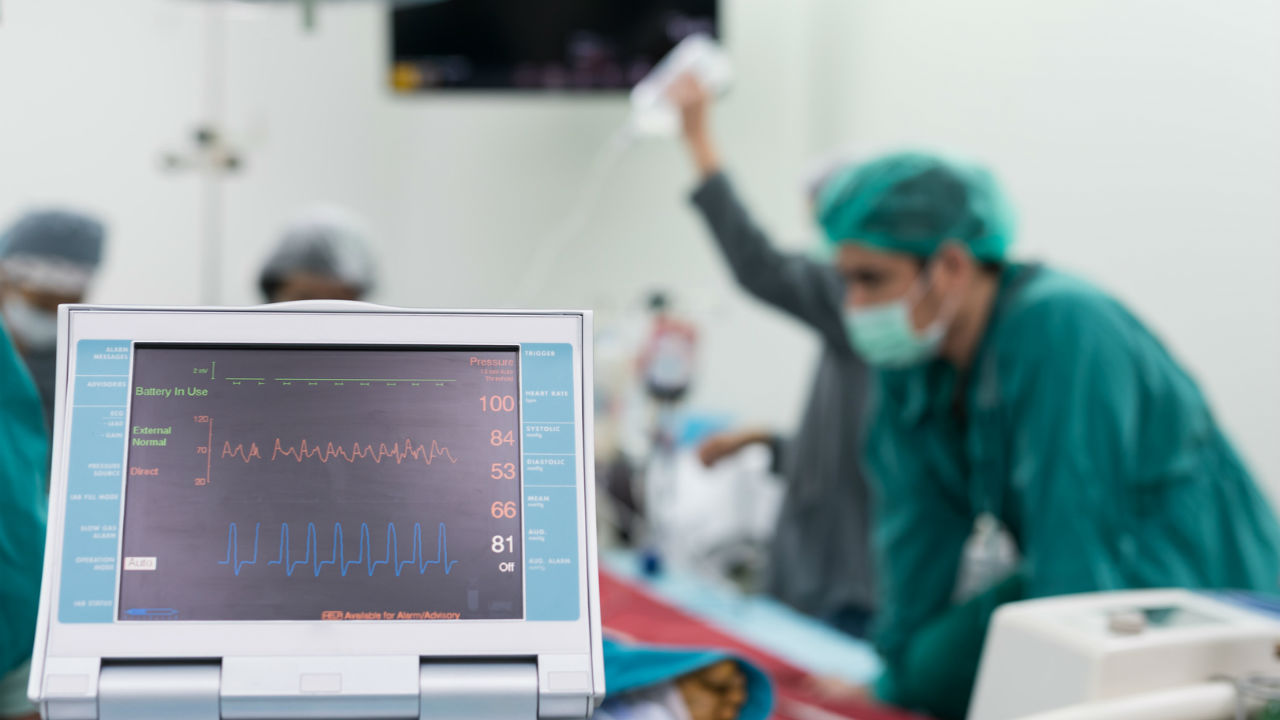Topics such as gene therapy, genetic codes, and the potential for customized treatments and therapies based on your individual genetic makeup have certainly garnered quite a bit of attention from the medical profession and media alike the past few years. Now, persons with a rare genetic form of cardiomyopathy, arrhythmogenic right ventricular cardiomyopathy or ARVC, are being offered hope in the form of a customized treatment designed to improve survivability in the event of sudden cardiac arrest.
ARVC, one of three types of cardiomyopathy, is a genetic or inherited disorder. The condition, first identified in the 1970s, damages the heart muscle, leaving scar tissue and fat in the place of healthy heart muscle. The name is somewhat misleading because the disease affects both the right and left ventricles. Persons with ARVC have irregular heart rhythms and eventually the heart's ability to pump is weakened or impaired. Unlike other forms of heart disease, persons with ARVC often have no symptoms whatsoever until they die of sudden cardiac arrest. ARVC is frequently the culprit behind the death of young adults, particularly athletes, who die of sudden cardiac death. Because there are few warning signs or symptoms, the condition can be extremely difficult to diagnose. The condition is particularly prevalent in Newfoundland which has an extremely high ratio of persons with ARVC.
Because of the high concentration of persons with ARVC in Newfoundland, the disease has been a focus of researchers who now believe that they have identified a gene which is responsible for the development of ARVC. Researchers have identified a gene mutation, electrocardiogram (ECG) mutation A - ARVD5, present in families with documented incidents of ARVC. It’s believed that this gene mutation is responsible for the eventual development of ARVC.
ARVC can have devastating results. With respect to sudden cardiac death, ARVC comes in at number two as the cause of death in young adults. It also causes sudden cardiac death in other demographics as well. Men are particularly impacted with 50 percent death rate by 40 years and an 80 percent death rate by the age of 50. Women sufferers of ARVC fare better with premature death rates of five and 20 percent respectively.
To address the issue, researchers are trying a radical new approach to promote survivability from ARVC. Since defibrillation is the best way to restart a heart once it’s stopped, persons with the gene mutation and who also have a family history of ARVC are receiving an “internal cardiac defibrillator (ICD).” Persons who fall into this category are receiving the ICDs even if they currently do not have ARVC.
While the treatment may sound a bit radical to implant ICDs in persons who are currently healthy, researchers are excited and believe that it will save lives. About 40,000 persons in Canada alone die of sudden cardiac arrest each year. The implanted ICD allows the heart of affected persons to be restarted without the need for CPR. As the science of gene continues to develop, we’re certain to see more customized treatments available in the future.
Sources:
Newfoundland researchers crack the genetic code of a sudden death cardiac killer, Breakthrough Medical Digest, 25 Oct 2010, http://www.breakthroughdigest.com/medical-news/newfoundland-researchers-crack-the-genetic-code-of-a-sudden-death-cardiac-killer/
Information and advice for people affected by arrhythmogenic right ventrical cardiomyopathy, The Cardiomyopathy Association, http://www.cardiomyopathy.org/index.php?id=50
Inherited heart conditions: Arrhythmogenic right ventricular cardiomyopathy, British Heart Association, http://www.cardiomyopathy.org/assets/files/BHF_ARVC_CMA%20final.pdf






Add a Comment1 Comments
ICDs are 100% effective to save a patient from arrhythmia
A defibrillator is any device which will get a person out of ventricular fibrillation,where paddles are use to shock a patients heart back to normal. These external defibrillators have saved 1000s of lives. An ICD will automatically reset the heart when the heart enters a potentially life-threatehese devning arrhythmia. An ICD can deliver a shock to the heart through electrodes placed near the heart at the time of implant. Often times the ICD will get the patient out of the abnormal rhythm by pacing the heart rapidly. Although a shock can be felt by the patient, pacing to terminate an abnormal rhythm occurs usually without the patient being aware.
http://www.heart-consult.com/articles/internal-cardiac-defibrillator
April 16, 2011 - 2:24amThis Comment